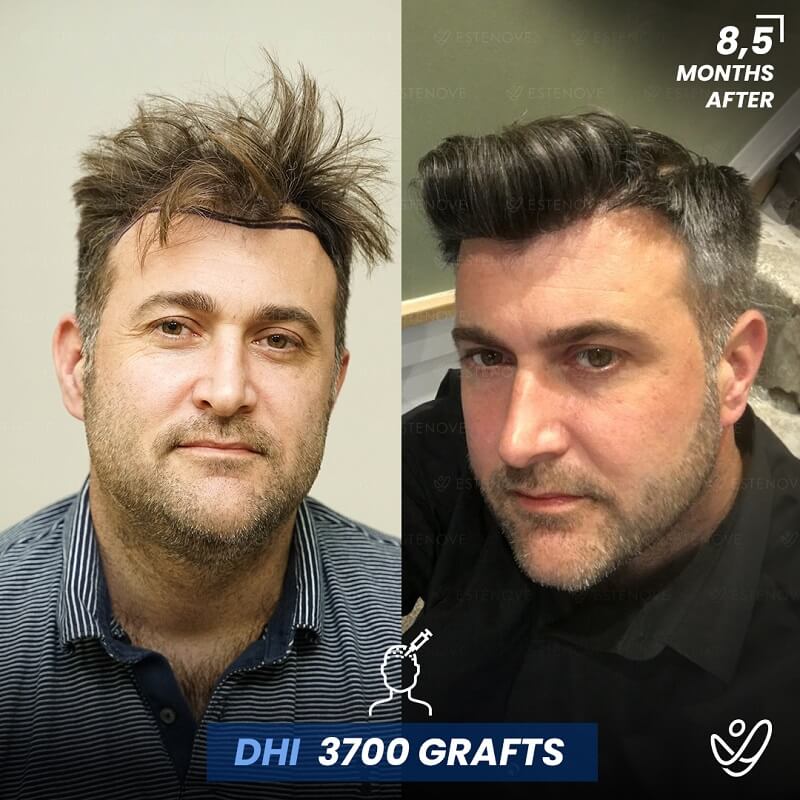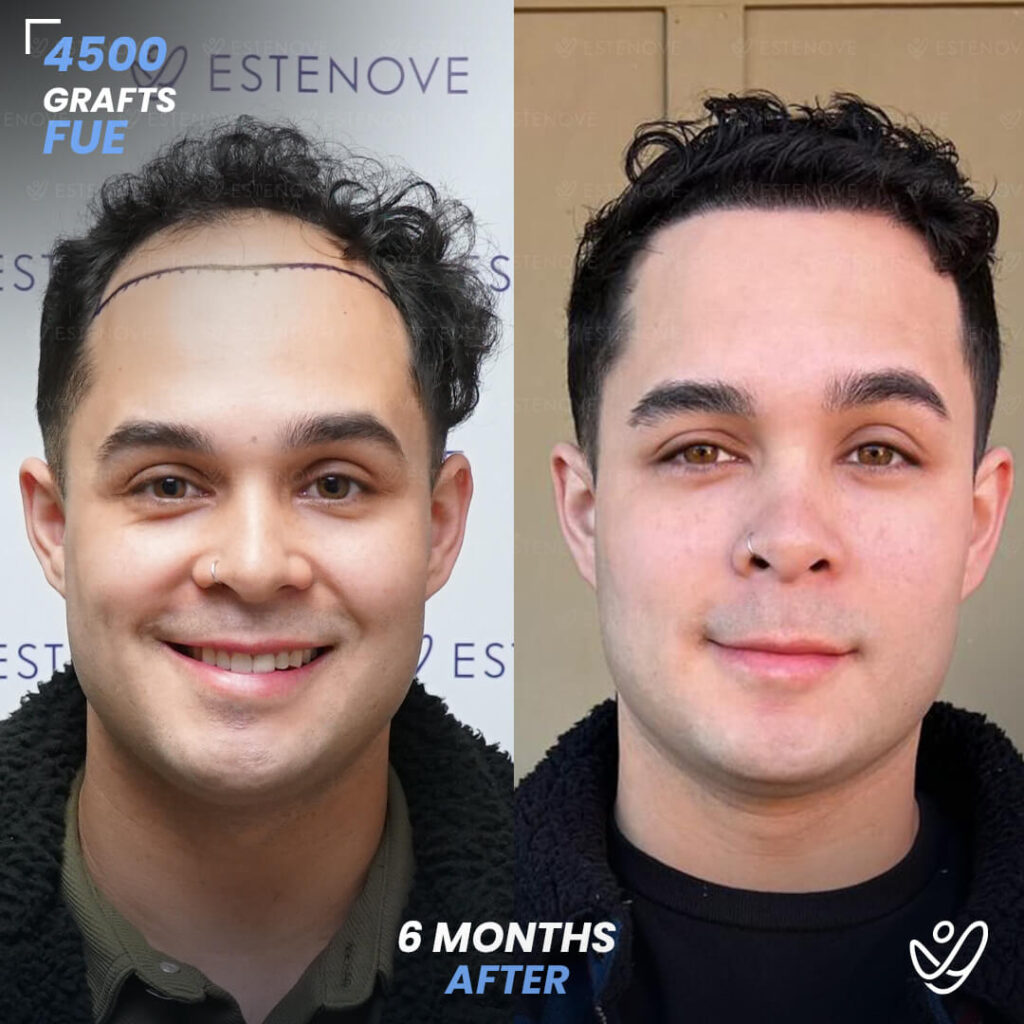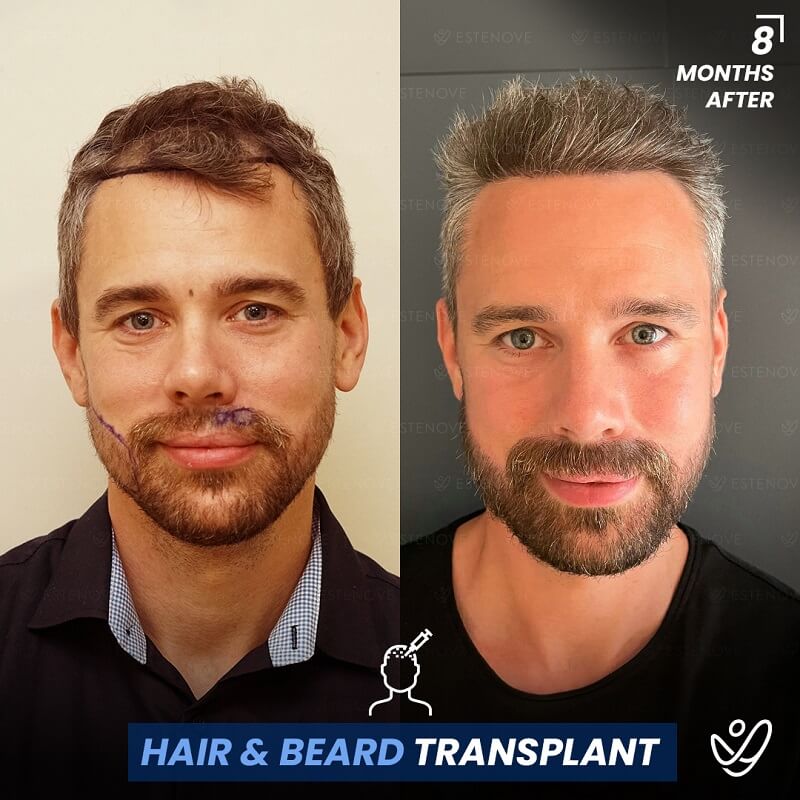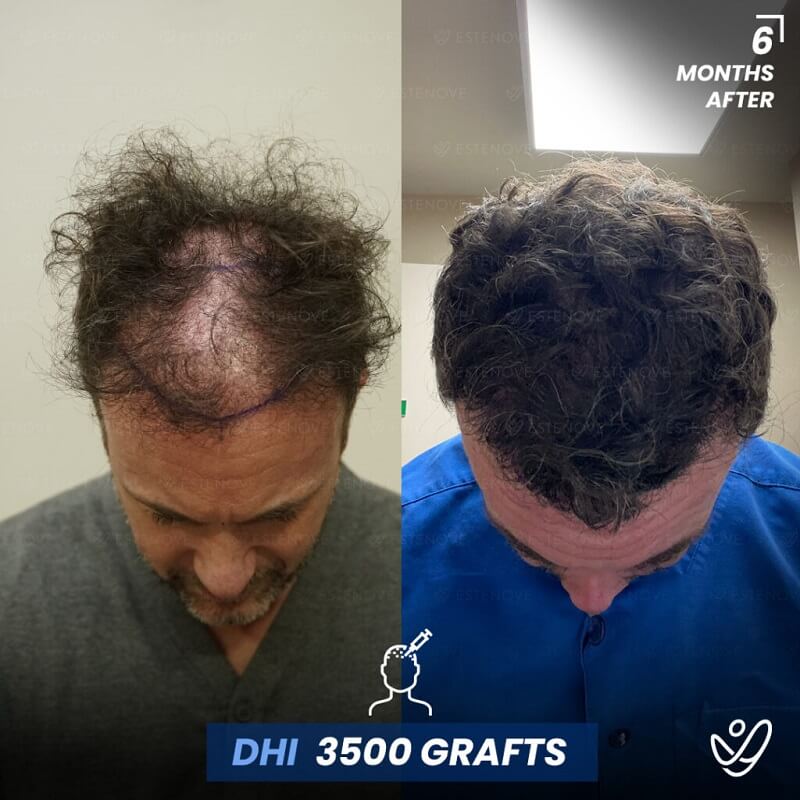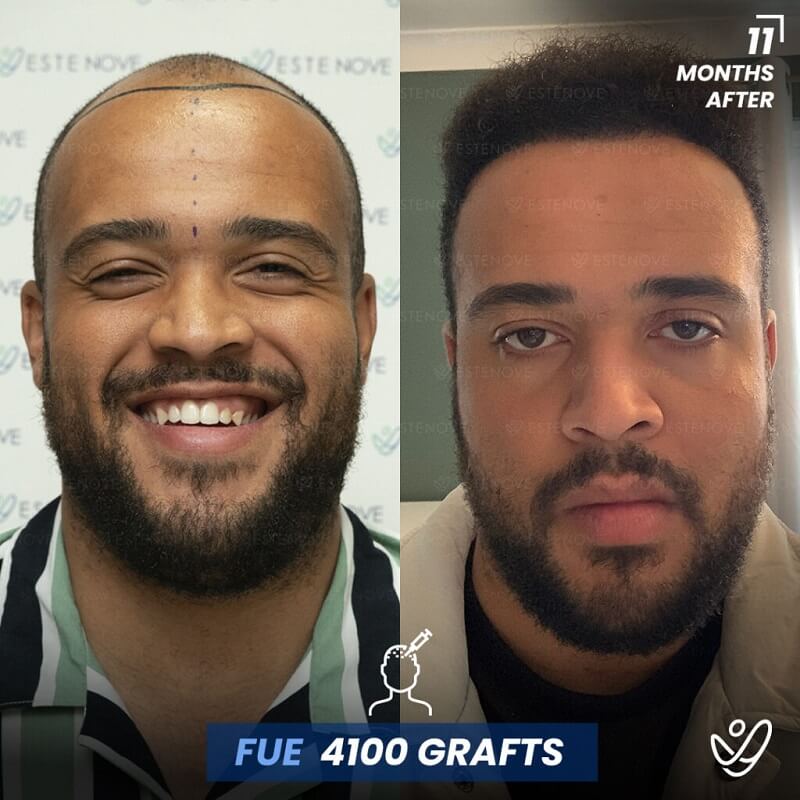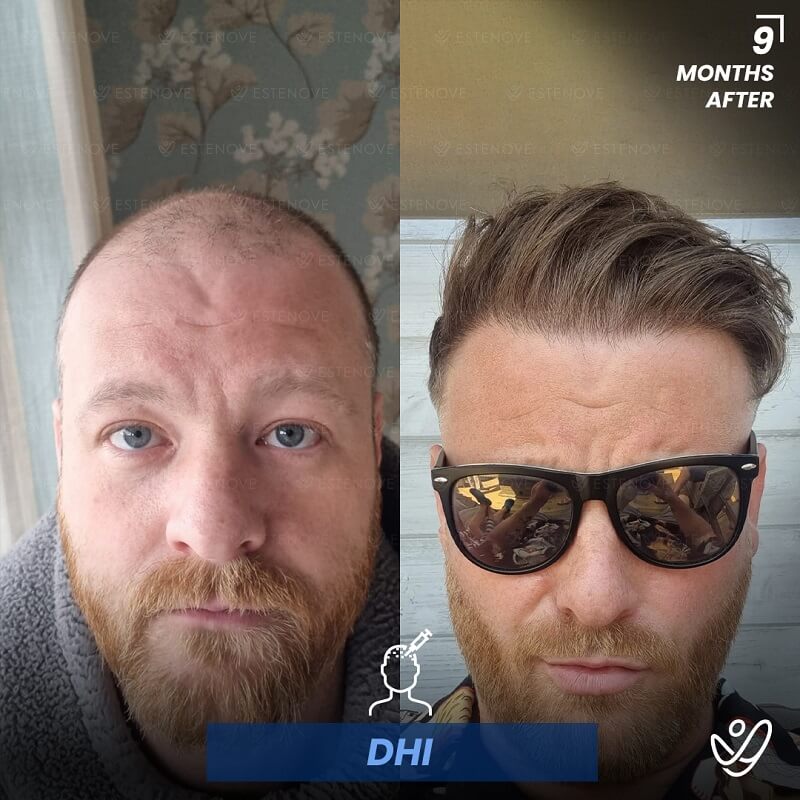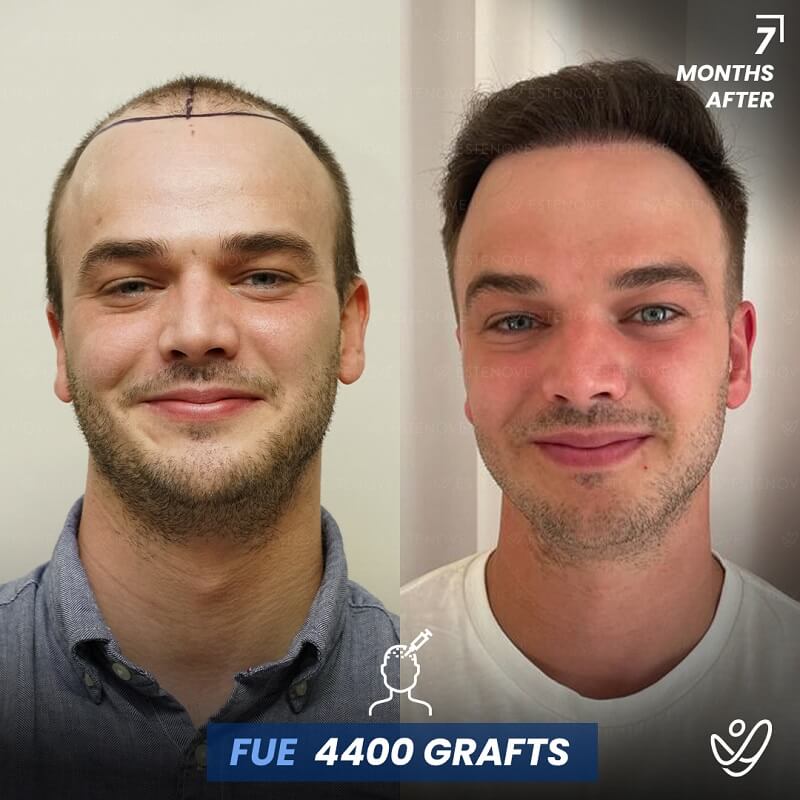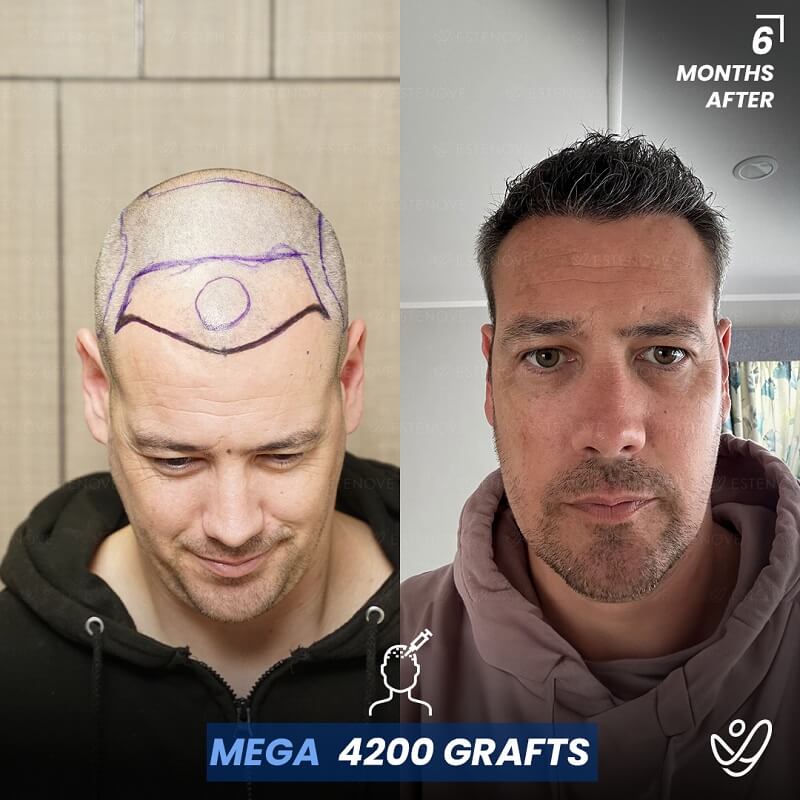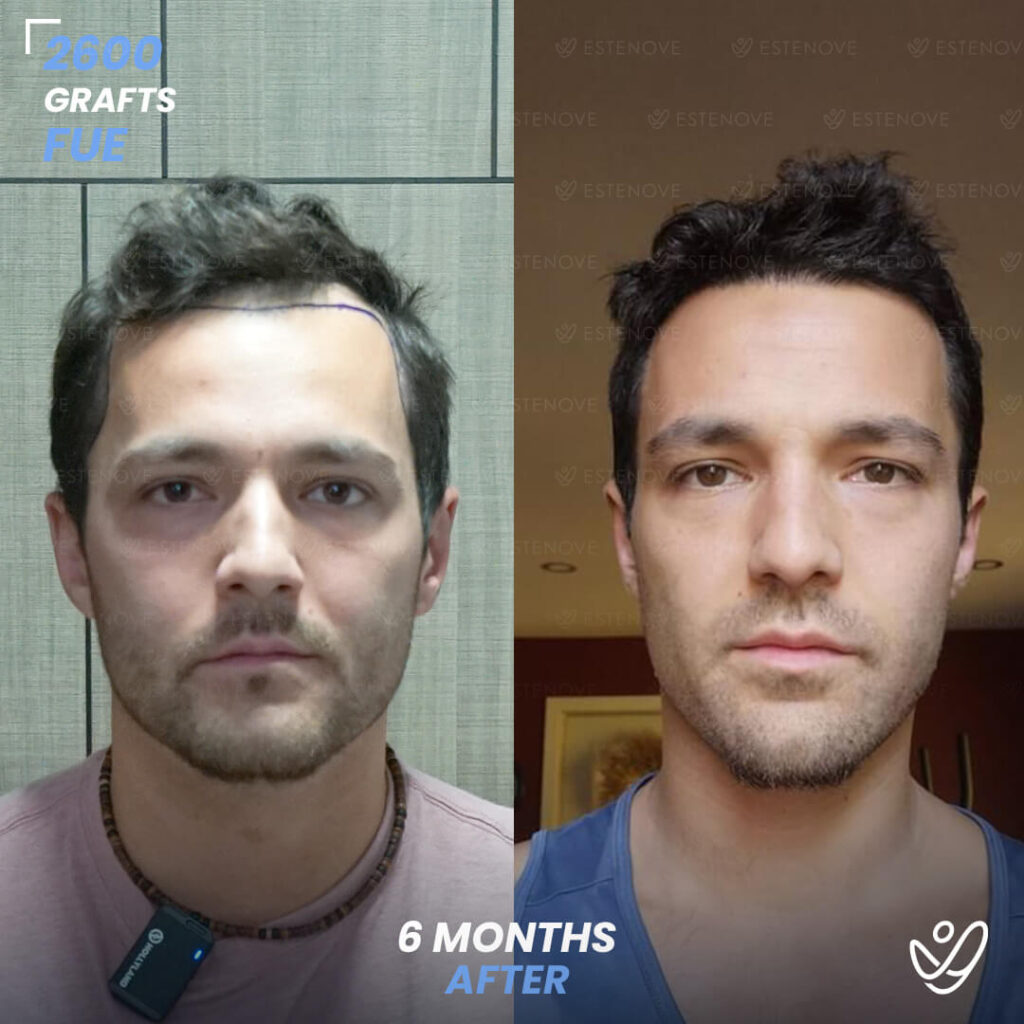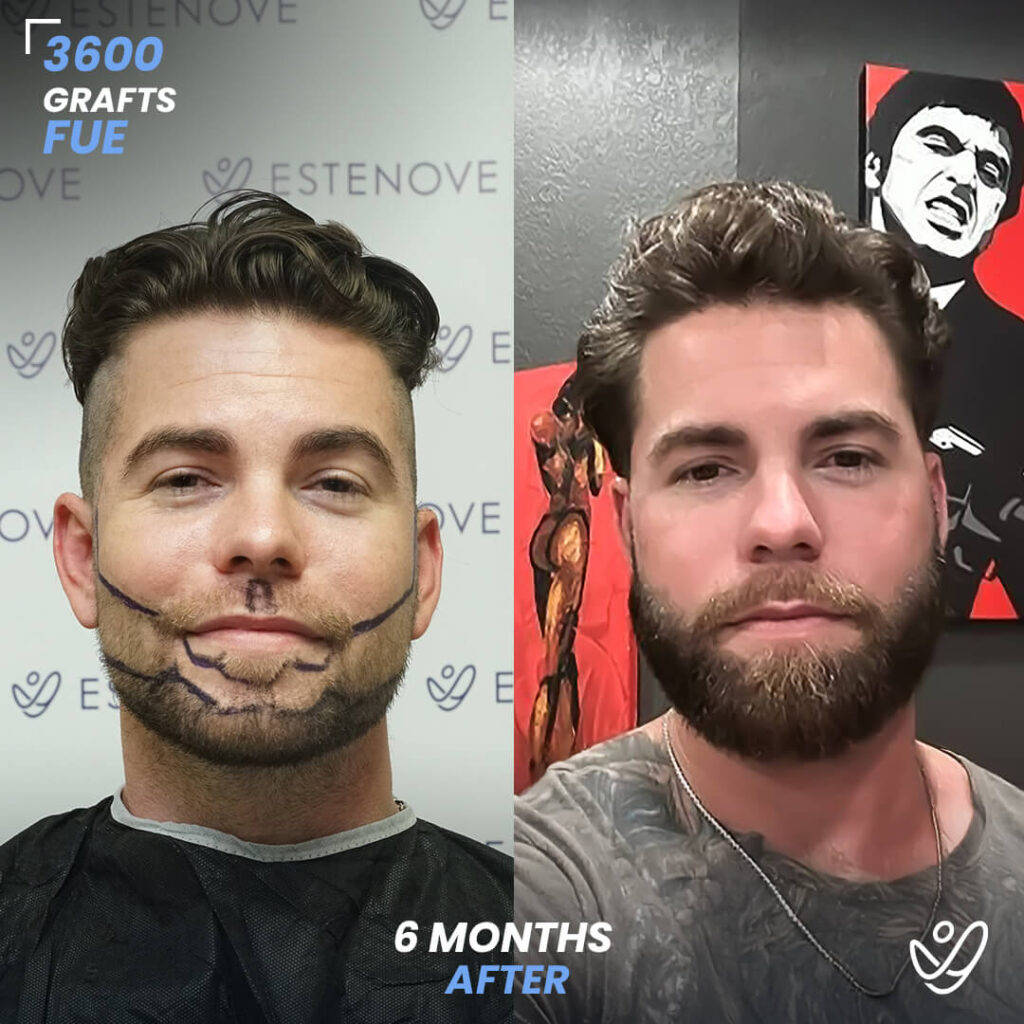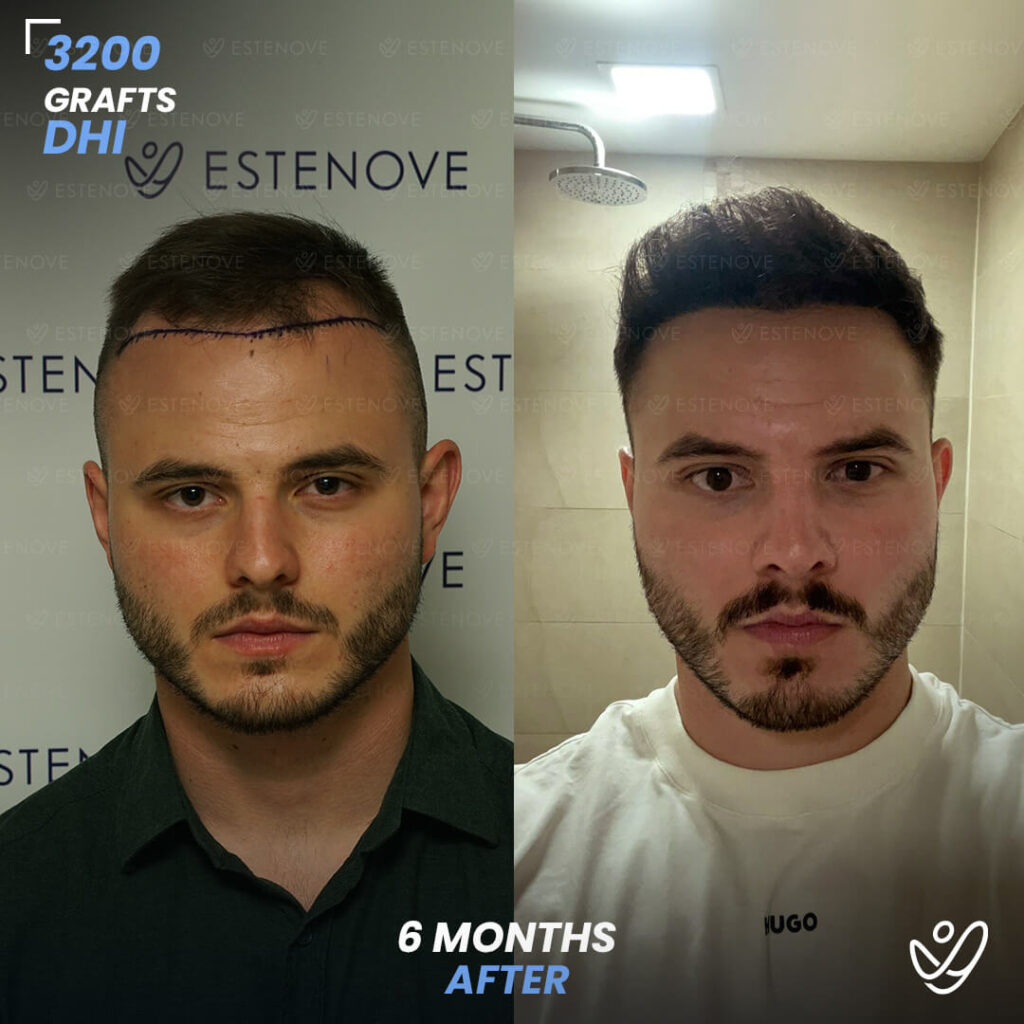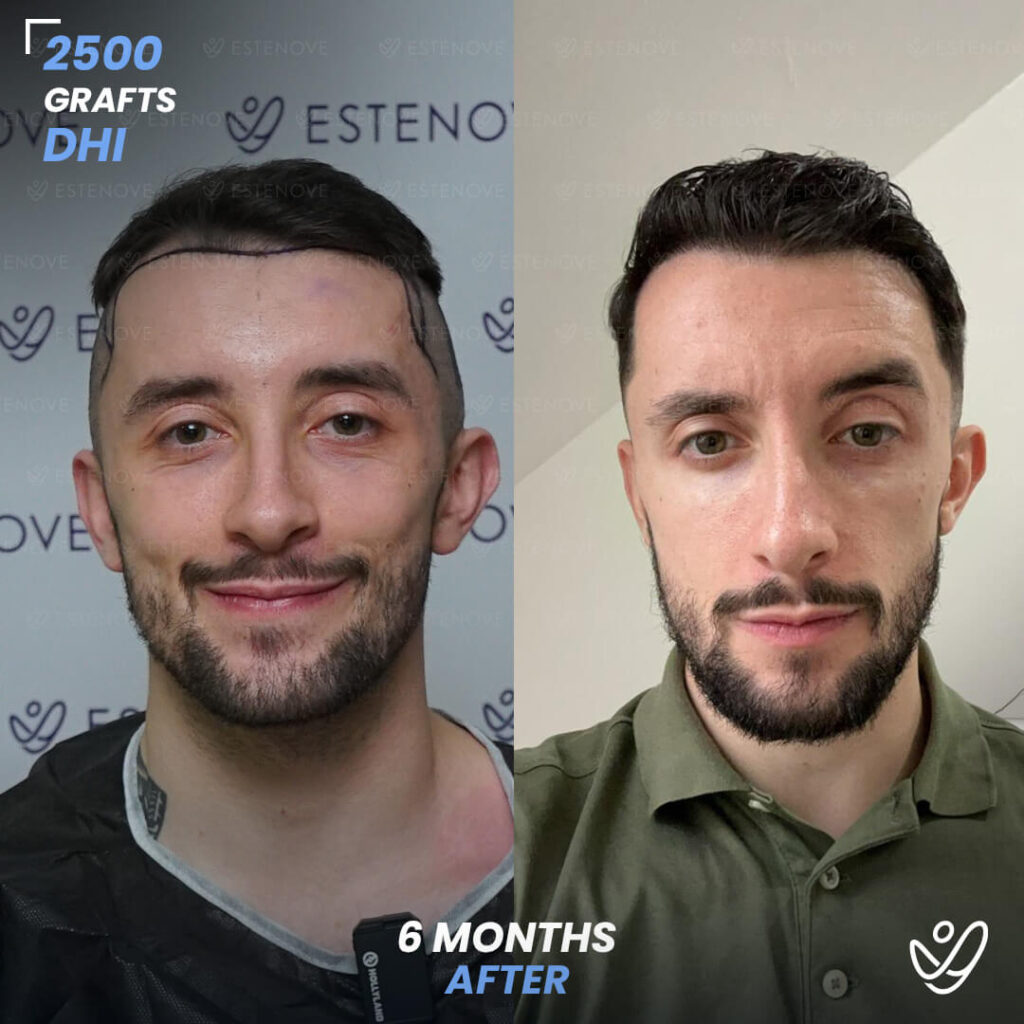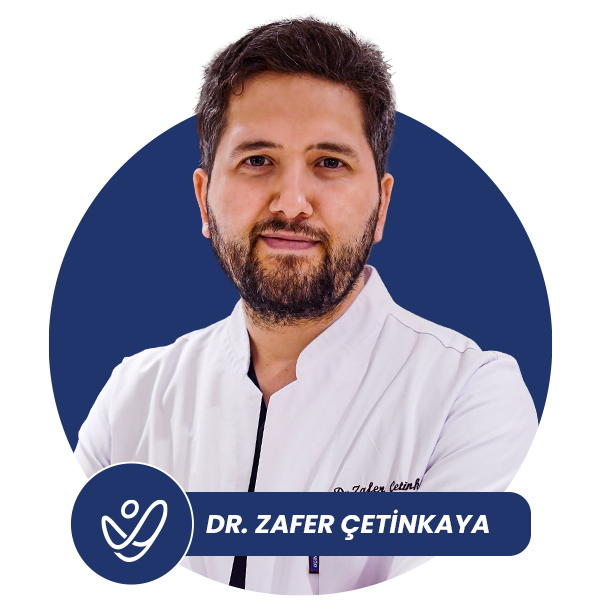
Hair transplantation is a surgical technique that involves moving individual hair follicles from one part of the body, known as the ‘donor site’, to a bald or balding part of the body, known as the ‘recipient site’. This technique is primarily used to treat male pattern baldness, but it can also be used to restore eyelashes, eyebrows, beard hair, chest hair, and pubic hair, and to fill in scars caused by accidents or surgery.
Chemotherapy-induced hair loss is a common side effect of cancer treatment. It can affect people of all ages, genders, and ethnicities. While some people may experience a mild thinning of their hair, others may lose their hair completely. This can be a distressing side effect of treatment, and many people seek solutions to restore their hair after chemotherapy.
Understanding Chemotherapy-Induced Hair Loss
Chemotherapy works by targeting rapidly dividing cells in the body. This includes cancer cells, but it also includes other rapidly dividing cells, such as hair follicles. This is why chemotherapy often leads to hair loss. The extent of hair loss can vary from person to person, and it can also depend on the type and dose of chemotherapy received.
It’s important to understand that chemotherapy-induced hair loss is usually temporary. Most people find that their hair begins to grow back within a few weeks to a few months after their treatment ends. However, the new hair may be different in texture or color than the original hair.
Stages of Chemotherapy-Induced Hair Loss
Chemotherapy-induced hair loss typically occurs in stages. The first stage is the initial thinning of the hair, which usually begins within a few weeks of starting chemotherapy. This is followed by a more significant hair loss, which can occur anywhere from a few weeks to a few months after treatment begins. Finally, the hair begins to grow back, usually within a few months of the end of treatment.
During the regrowth stage, the new hair may be different in texture or color than the original hair. It may be more curly or straight, or it may be a different color. This is because the chemotherapy can affect the cells that produce hair pigment.
Psychological Impact of Chemotherapy-Induced Hair Loss
Chemotherapy-induced hair loss can have a significant psychological impact. Many people feel a loss of identity and self-esteem, and they may experience feelings of depression and anxiety. This can be particularly challenging for women, who often face societal pressure to have long, full hair.
It’s important for healthcare providers to acknowledge the psychological impact of chemotherapy-induced hair loss and to provide support and resources to help patients cope. This can include providing information about wigs and other hair coverings, offering psychological counseling, and referring patients to support groups and other resources.
Hair Transplantation as a Solution
Hair transplantation can be a solution for people who have experienced chemotherapy-induced hair loss and whose hair has not grown back as expected. This surgical technique involves moving individual hair follicles from one part of the body to a bald or balding part of the body.
There are several different types of hair transplantation techniques, but the most common are Direct Hair Implantation (DHI) and follicular unit extraction (FUE). Both of these techniques involve removing hair follicles from a ‘donor site’ and transplanting them to a ‘recipient site’.
Direct Hair implantation (DHI)
In Direct Hair Implantation (DHI), follicle groups are removed from the back of the scalp, where the hair is typically denser. The hair follicles are then separated organized by size and transplanted to the bald or balding areas of the scalp.
DHI can be a good option for people who have a smaller areas of baldness, as it allows for the transplantation of a large number of hair follicles at once to increase density.
Follicular Unit Extraction (FUE)
In follicular unit extraction (FUE), individual hair follicles are removed directly from the scalp using a small punch device. These follicles are then transplanted to the bald or balding areas of the scalp.
FUE can be a good option for people who want to wear their hair short, as it does not leave a linear scar. However, it can be more time-consuming than DHI, as each follicle must be implanted individually by hand using forceps.
Hair Transplantation in Turkey
Turkey is a popular destination for hair transplantation, due to its combination of experienced doctors, advanced medical facilities, and competitive prices. The country has a large number of clinics that specialize in hair transplantation, and many of these clinics offer packages that include accommodation and transportation, making it easy for international patients to travel to Turkey for their procedure.
One of the leading hair transplantation clinics in Turkey is Estenove. Estenove is located in Istanbul and offers a range of hair transplantation services, including DHI and FUE. The clinic is staffed by experienced doctors and uses the latest technology to ensure the best possible results for its patients.
Calculate the number of grafts needed for your hair transplant and get an estimated cost for various destinations. Try graft calculator
Why Choose Estenove?
There are several reasons to choose Estenove for your hair transplantation procedure. First and foremost, the clinic has a team of experienced doctors who are experts in the field of hair transplantation. They have performed thousands of procedures and have a high success rate.
Second, Estenove uses the latest technology to ensure the best possible results. This includes the use of high-powered microscopes to ensure the precise placement of each hair follicle, and the use of special solutions to preserve the follicles during the transplantation process.
What to Expect at Estenove
When you choose Estenove for your hair transplantation procedure, you can expect a high level of care and attention. The clinic offers a comprehensive consultation process, during which your doctor will assess your hair loss, discuss your goals and expectations, and develop a personalized treatment plan.
During the procedure, your comfort is a top priority. The clinic offers a range of amenities to make your stay as comfortable as possible, including private rooms, a personal patient coordinator, and a dedicated aftercare team to assist with your recovery.
Chemotherapy-induced hair loss can be a distressing side effect of cancer treatment, but there are solutions available. Hair transplantation is one such solution, and it can be an effective way to restore your hair and your confidence.
If you’re considering hair transplantation, Turkey is a great destination to consider, and Estenove is a leading clinic in the field. With its team of experienced doctors, advanced technology, and commitment to patient care, Estenove can help you achieve the results you’re looking for.
Fill the form below to get free consultation


